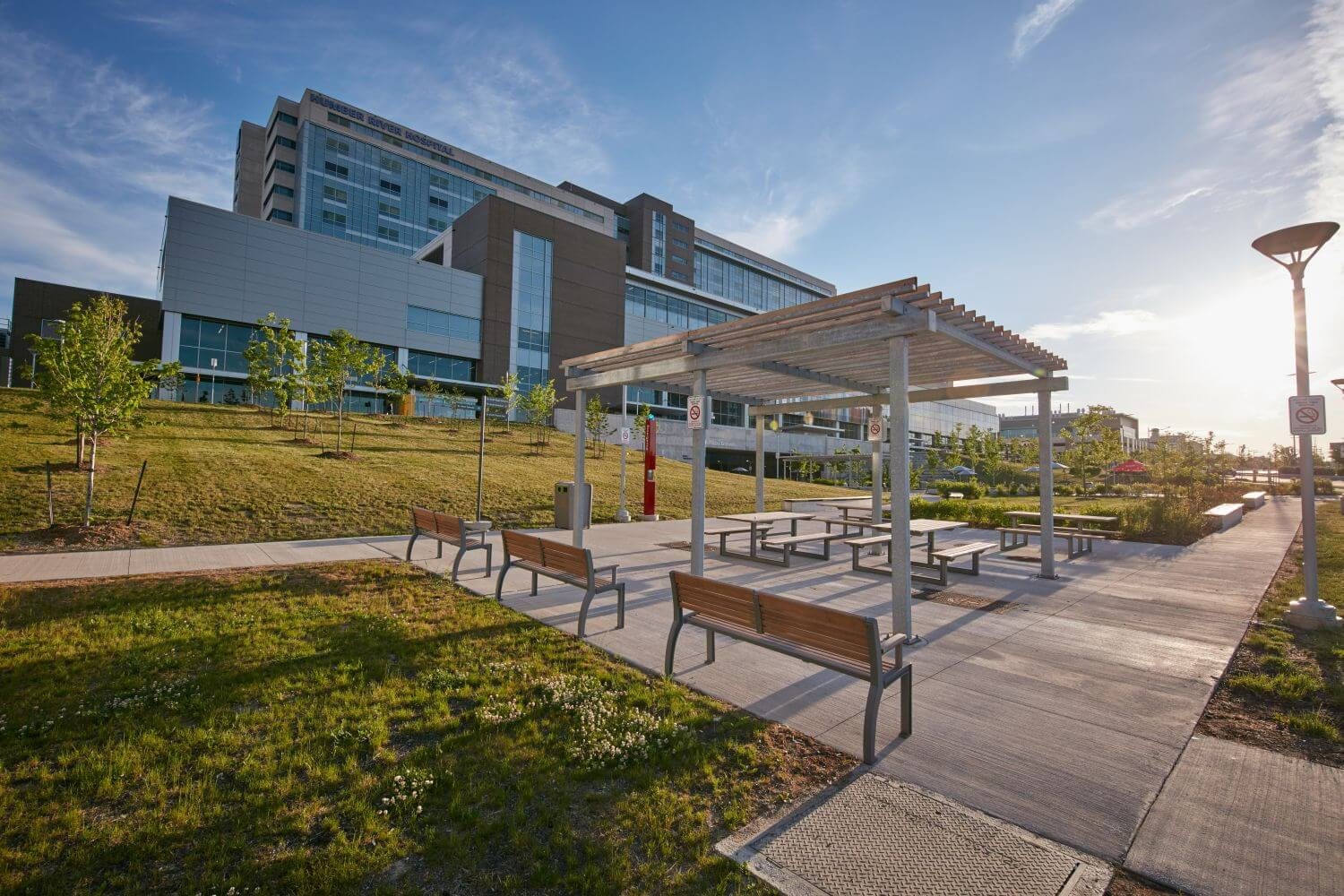Born between the early 1980s and late 1990s, the millennial generation is the first to be completely immersed in digital technology. They have grown up in an electronics-filled world, where everything is shared or available at the touch of a screen, or with the tap of a button – convenience can be as important as cost, and they are often willing to forgo one for another. Of course, the ability to access information at the drop of a hat has created an intense desire for instant gratification. Even though most millennials want quick digital services and results, they still crave real world experiences. It’s true that younger individuals still want to visit brick and mortar establishments, but they don’t want to waste time in unpleasant environments. As the saying goes, “You never get a second chance to make a first impression,” which is especially true of the millennial generation. If they don’t like what they see, they won’t stay. The Healthcare market has not been immune to these changes. Traditionally, primary care physicians were always the first stop when seeking medical assistance. Millennials, however, chose to see a primary care physician only 61% of the time.[1]
When asked, most millennials said they wanted quiet, spa-like environments that are accessible 24/7. They want online registration, remote access to clinicians, wellness and retail amenities, and mobile apps for information tracking.[2] When deciding which healthcare providers to visit, they are twice-as-likely than older patients to do online research. Only twenty-eight percent of seniors look at online reviews, compared to fifty percent of millennials. Younger patients want to easily access not only their own health information, but also information about providers.











